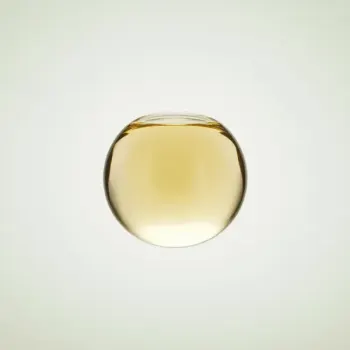Dry Sherry and White Wine are both used in cooking to add distinct flavors to dishes, with Dry Sherry offering a robust, nutty taste and White Wine providing a lighter, fruitier note. They can be used in various recipes, from savory stews to delicate desserts.

Dry Sherry is a fortified wine from the Jerez region of Spain, known for its nutty, rich, and slightly saline flavor profile. It is made from white grapes and aged through a unique solera system that blends various vintages for complexity.

White Wine is a versatile beverage made by fermenting the juice of white grapes. It comes in a broad range of styles from sweet to dry, still to sparkling, and varies widely in flavor based on the grape variety, region of production, and winemaking techniques.
Dry Sherry differs from White Wine in its method of production, taste, and alcohol content. Sherry is fortified, which means it has a higher alcohol percentage and a distinct flavor profile with nutty and briny notes, while White Wine typically has a lighter, fruitier taste. The texture of Sherry is also generally more viscous due to the fortification process.

Your ultimate Recipe Box, Meal Planner, and Cooking Class all in one
Dry Sherry shines in Spanish dishes like tapas, soups (such as gazpacho), and stews. It offers a deep, savory element to sauces and is often used in recipes like cream-based soups and mushroom dishes for its richness. White Wine is excellent in French and Italian cuisines, particularly for deglazing pans to make sauces for dishes like chicken piccata, risottos, or seafood pasta. It adds a light, acidic touch that can brighten flavors without overwhelming them.
In marinades, Dry Sherry works well with heartier proteins like beef or pork, imparting a robust flavor that complements the richness of the meat. White Wine is ideal for marinating lighter proteins such as chicken, fish, or vegetables, lending a subtle tartness that helps to tenderize without overpowering the main ingredients.
Dry Sherry can be a sophisticated addition to desserts, particularly in custards or trifles, where its depth can contrast sweet elements nicely. White Wine is often used in fruit-based desserts, poaching pears for example, or in wine-infused sorbets, bringing a delicate and refreshing fruit note.
Both Dry Sherry and White Wine can be enjoyed in moderation as part of a balanced diet.
| Nutrient | Dry Sherry ( per 100ml ) | White Wine ( per 100ml ) |
|---|---|---|
| Fat | 0g | 0g |
| Alcohol | 17g | 10g |
| Protein | 0g | 0.1g |
| Calories | 140 | 82 |
| Carbohydrates | 5.5g | 2.6g |
Yes, Dry Sherry can be used, but it will impart a different, more pronounced flavor to the risotto.
While Dry Sherry can be used in seafood dishes, it is typically bolder than White Wine, so it should be used sparingly to avoid overpowering the dish.
Yes, White Wine can be used in desserts, but it will lend a lighter, fruitier flavor compared to the richness of Dry Sherry.
Dry Sherry generally has a higher alcohol content, around 15-20%, compared to most White Wines, which range from 9-14%.
Dry Sherry should not be substituted for White Wine in dishes where the delicate, subtle flavors of the White Wine are essential to the dish's overall balance and profile.